Building a green lifestyle
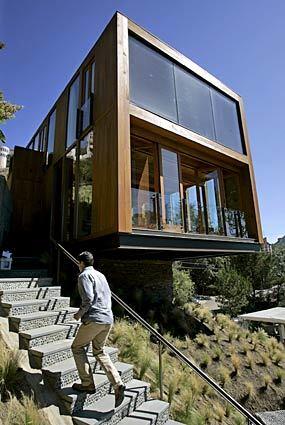
Architect Jeffrey Eyster took an 18-month leave to build his 2,200-square-foot dream green house in the hills above Laurel Canyon. I feel better knowing that paying for building and installing green products leads to a healthier lifestyle for my family, the greater community and the environment, he said. (Ricardo DeAratanha / LAT)
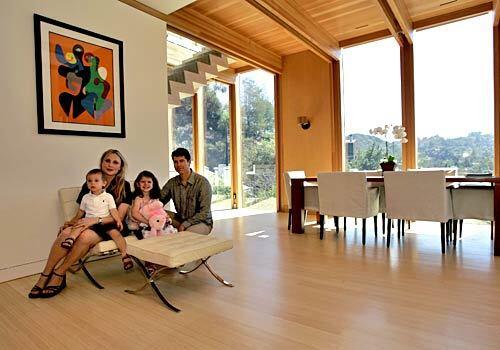
Jeffrey Eyster, 36, with his wife, Alla and son Max, 2, and daughter Eva, 3, in the dining room of their house, which he designed to bring the outdoors in. Twenty-foot-wide accordion glass doors on the north side roll away to give the living room a treehouse feel, and a wall of windows on the west side provides a cross-breeze and helps to fill the house with sunlight. (Ricardo DeAratanha / LAT)
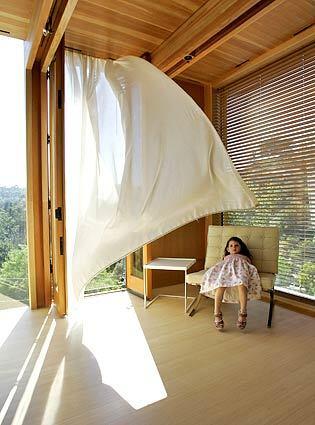
Eva sits under a curtain tossed by the cross-breeze in the master bedroom of the Eysters’ environmentally friendly home. (Ricardo DeAratanha / LAT)
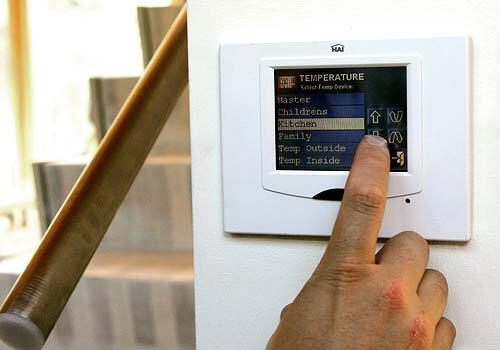
Eyster’s favorite eco-feature in his house is a $15,000 computer system that automatically raises and lowers window shades according to the suns position in the sky. It also controls the lights and four-zone heating and cooling system. (Ricardo DeAratanha / LAT)
Advertisement
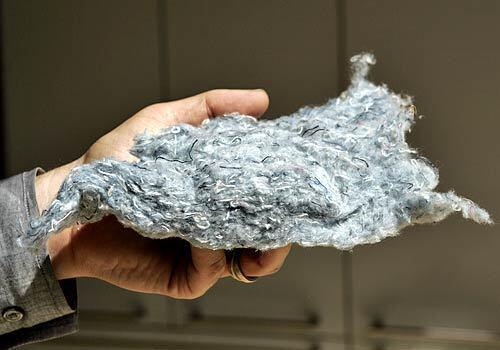
Eyster used cotton-fiber insulation, which is made from recycled jeans, throughout his house. The material cost him $5,000, compared with $2,000 for fiberglass insulation, but installation was less expensive because the cotton-fiber variety doesn’t require special protective gear or skills. (Ricardo DeAratanha / LAT)
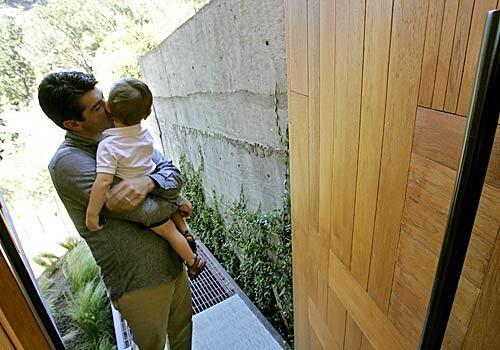
Jeffrey Eyster with son Max, 2, at the front door of their home. Eyster became a green believer when he was evaluating the costs of building the home. A few of the green features are a low-flow electric toilet in the powder room, 40,000-hour LED tract lamps throughout and a tankless water heater. (Ricardo DeAratanha / LAT)
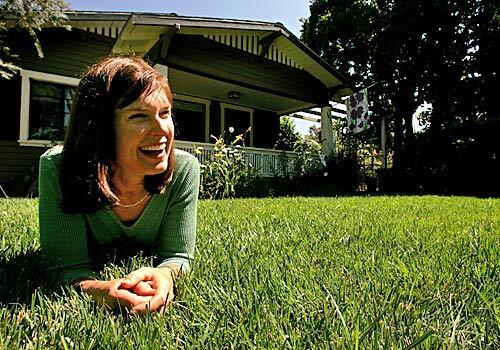
Donna Sider on the front lawn of her craftsman-style bungalow in Pasadena, which she has spent years making more energry efficient. Before the transformation, which began shortly after she bought it in 1999, she was paying about $200 every two months for water and power. Now she pays about $60. (Ricardo DeAratanha / LAT)
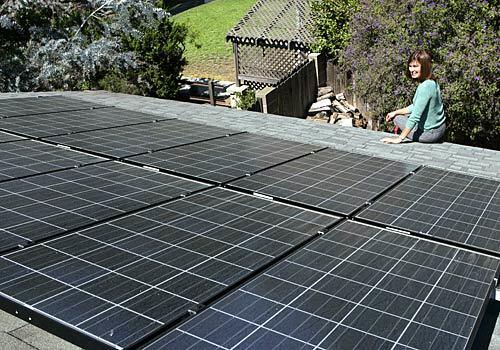
Sider paid only half of the $12,500 cost of her solar-energy system, which takes up about one-sixth of her roof. She received a $4,400 rebate from Pasadena and a $2,000 federal tax credit. Sider uses only about half of the 1.5 kilowatts of electricity the system produces. I have the meter on my back porch, and its fun to see how much I can save, she said. I like to see how little I can use. (Ricardo DeAratanha / LAT)
Advertisement
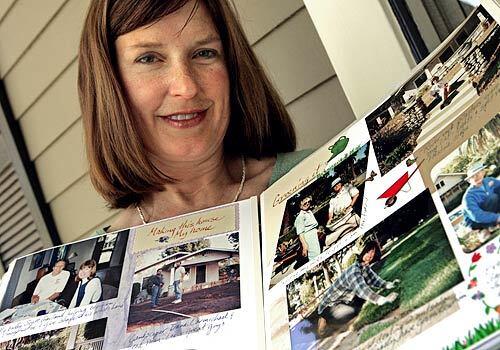
Sider shows a scrapbook documenting her home remodeling projects. With a limited budget, the 49-year-old registered nurse saved up and attacked her home projects as she could afford them, doing much of the work herself and enlisting the aid of friends and family. (Ricardo DeAratanha / LAT)







